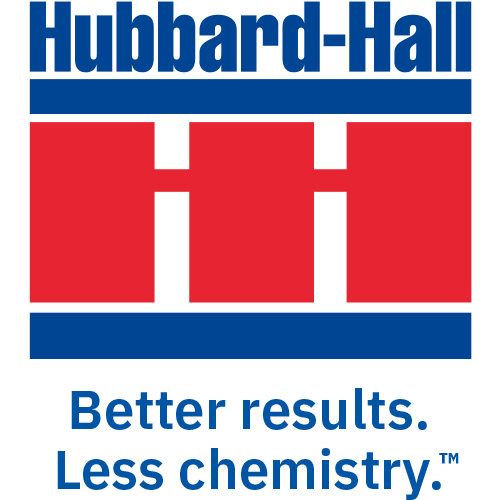Black oxide is the conversion of a base metal material to an oxide of that base metal material. A prime example would be Fe3O4, which is black iron oxide, otherwise known as magnetite; another is a CuO, or copper monoxide. It occurs when the chemicals react with a base material to form an oxide of… Read more »
Author: Shelley Lusas
Interview with Jerry: Cool facts about heat treat salts
A conversation with Hubbard Hall’s Jerry Dwyer Jerry Dwyer CEF, is Hubbard Hall’s market manager for product groups pertaining to heat treating, black oxide and phosphates. His background and experience have established him with knowledgeable insight into the world of heat treating and metal finishing. Dwyer specializes in the above processes and has over a… Read more »
5 Steps to Adding Electropolishing
Surveys show that only 25% of all metal finishing operations in North America offer electropolishing to their customers. With a possible rise in the need for electropolishing thanks to reshoring efforts for medical parts and equipment, demand could outpace availability as manufacturers seek to find finishers to electropolish those parts to a high specificity. Fortunately,… Read more »
What Causes Hazy Effluent?
Tackling Hazy Water Hassles With Absolute Clarity When it comes to cloudy wastewater, there are any number of reasons you can find yourself in a fog. From residual emulsified oil and surfactants to overdosing on polymers and coagulants, Hubbard-Hall’s wastewater treatment technical team can help you diagnose and treat the problem. What are some of… Read more »
Myth #1
Myths of Cleaning Myth 1 of 8: Water is Obviously “Cheaper” than Solvents Regular city water alone won’t clean anything. It needs surfactants and detergents that lower surface tension and remove soils. These are consumed during cleaning and need replenishing. Higher temperatures are needed to activate cleaning chemistry, which is important for ensuring good wetting… Read more »
Myth #2
Myths of Cleaning Myth 2 of 8: Aqueous Systems Can’t Be Used in Critical Cleaning First, let’s be clear that “critical cleaning” has a very specific meaning. It refers to the removal of sub-micron particles and non-volatile residues. It’s required when any surface contamination would yield adverse effects. While many processes and products might qualify,… Read more »
Myth #3
Myths of Cleaning Myth 3 of 8: Aqueous cleaning is always “safer” than solvent There’s a misapprehension that “Aqueous Cleaning” refers to cleaning with water. While water is involved, and under the right circumstances can be a solvent, in aqueous cleaning systems the water contains additives. These have several functions, such as lowering surface tension,… Read more »
Myth #4
Myths of Cleaning Myth 4 of 8: Solvents are all BAD! “Solvent” is an extremely broad term. Any substance that will dissolve another is, technically, a solvent, and that includes water. However, in popular parlance, “solvent” often refers to chemicals that will dissolve oil and grease. Examples include acetone, isopropanol, ethanol and butyl acetate. If… Read more »
Myth #5
Myths of Cleaning Myth 5 of 8: Solvents will all be banned through government regulation It’s true that for some classes of solvents their use either has been or is in the process of being phased out. However, many others are still permitted, although in some cases there are regulations regarding aspects of usage like… Read more »
Myth #6
Myths of Cleaning Myth 6 of 8: Solvent cleaning is always the most efficient process Solvents make very effective cleaners, in the right application. The key points to consider are, what is being cleaned, what is it being cleaned of, and what is it being cleaned for? Solvents are highly effective for dissolving oils and… Read more »






